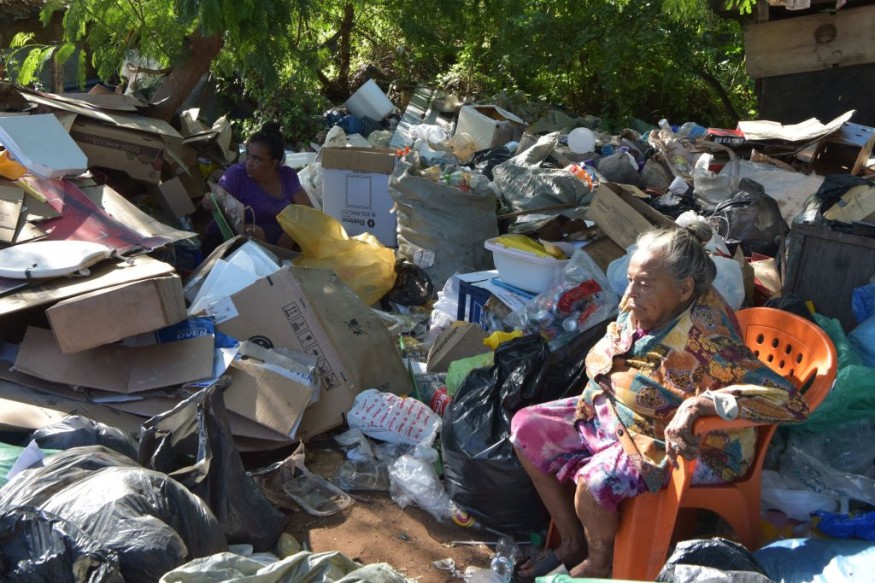With the increasing environmental footprint and problems in the fashion industry, sustainability can significantly contribute to the environment and reduce pollution.
Understanding overproduction can help mitigate the problem and help the environment. Traditional fashion practices, such as plastic and textile waste, have significantly impacted the planet.

Clothing industries can cause environmental problems and pollution, including the following:
- Pollution
- Microfiber pollution
- Biodiversity loss
- Flooding
- Greenhouse emissions
Here are five sustainable fashion and eco-friendly tips that people can consider
1. Reuse, recycle, and repair
One old and effective method is to reuse, recycle, and repair clothes. Instead of buying new products, homeowners can consider this option, which can potentially reduce overproduction and environmental impact.
When there is still a way to save different items, it is best to do it, primarily if these clothes or products are used mainly inside homes. Additionally, people can save by using used clothes.
According to a report, repairing a pair of jeans is considered less expensive than buying new ones. Promoting reusing and repairing can contribute to the planet's well-being.
2. Quality products and limited buying
People can consider buying used items from friends, which can help reduce the chances of shopping. Buying used clothing can be the best alternative, but it is also cheap.
In addition, buying quality products can prevent people from purchasing again. Buyers should consider checking different products before buying, ensuring they are produced sustainably. There are clothing companies that promote eco-friendly products.
Availing products from environment-friendly companies can also help them survive in a competitive clothing industry market.
3. Check for Second-Hand Products
Another aspect of sustainability is considering second-hand products or treasures. As mentioned, thrift stores sell quality products, which are sometimes slightly used and cheap for people's pockets.
Exploring second-hand clothes can save people's budget and mitigate pollution that impacts oceans and rivers.
4. Using natural fibers
One of the features of sustainable fashion is using natural fibers. According to a report, the use of these products includes the following:
- Linen
- Silk
- Cotton
- Bamboo
Reports highlight that these fibers are considered more sustainable than other synthetic products or materials like nylon and polyester. As possible, consumers should avoid synthetic products or fabrics.
In addition to avoiding synthetic fabrics, people can embrace recycled and circular fashions that reduce waste and employ existing resources for production.
5. Supporting eco-friendly local clothes
People should support eco-friendly local clothes. Businesses that outsource clothes locally can reduce their carbon footprint, and most are using eco-friendly products.
Due to growing concerns about carbon footprint and pollution, sustainable ways of finding clothes or products can help protect the planet and the environment.
6. Caring for clothes
Another aspect is proper care and maintenance of clothes. Consumers should properly maintain the longevity of their clothes by using eco-friendly detergents or washing ways.
For more similar stories, don't forget to follow Nature World News
© 2025 NatureWorldNews.com All rights reserved. Do not reproduce without permission.





